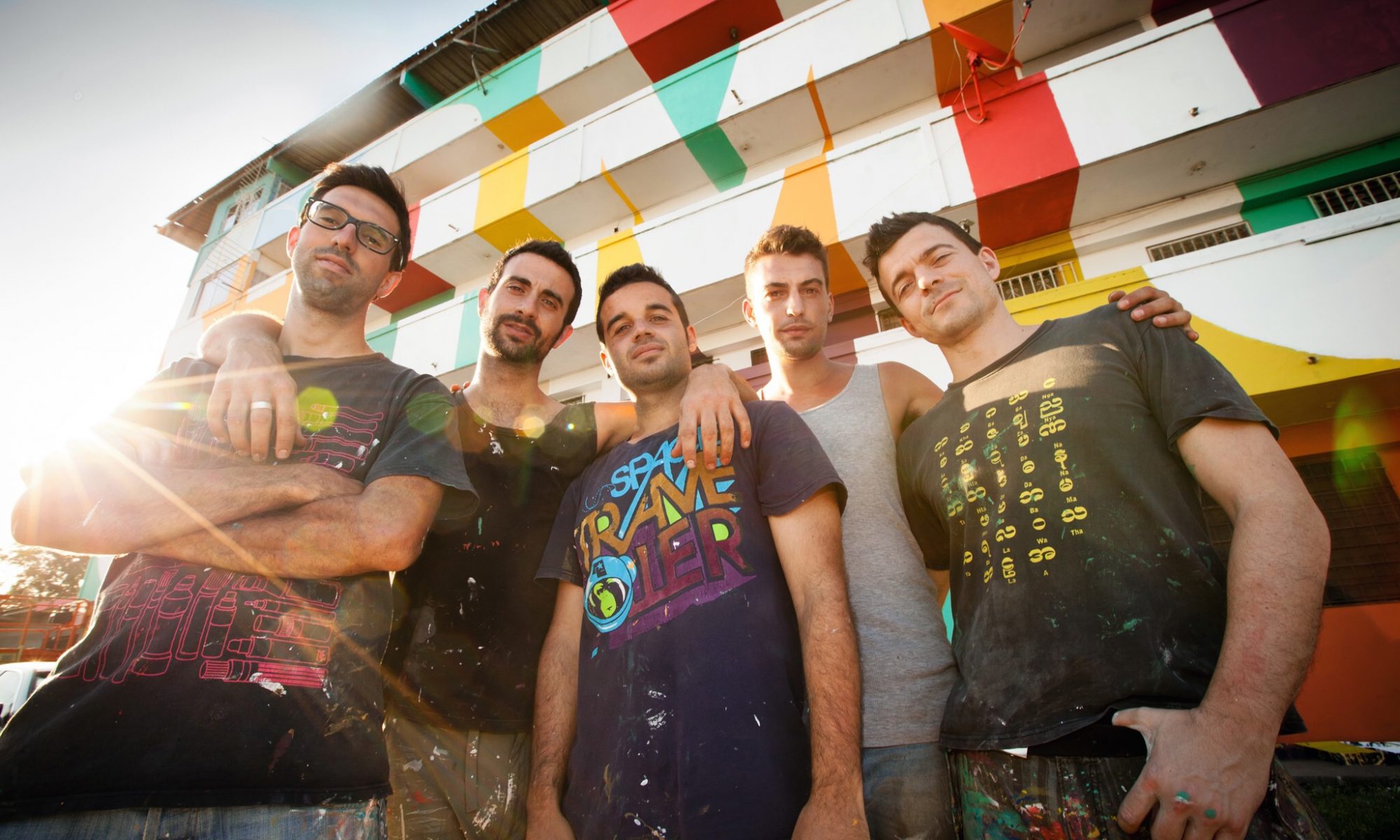Boa Mistura:
Boa Mistura is a street art group consisting of 5 artists from Madrid, Spain who decorate public spaces around the world with imaginative ways. Formed in 2001, Madrid, these artists were 15 years old when they first met while painting the walls of their neighbourhood.
The term “Boa Mistura” comes from the Portuguese meaning of “good mixture”, a reference to the diversity of backgrounds and point of views from each member. The members- Javier Serrano Guerra, Juan Jaume Fernández, Pablo Ferreiro Mederos, Pablo Purón Carrillo, and Rubén Martín de Lucas- are a multidisciplinary team with roots in graffiti art. However, in addition to graffiti, they also do mural painting, graphic design, and illustration.
Continue reading “A Good Mixture of Humanity”
